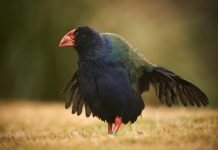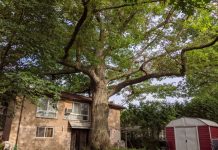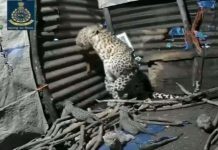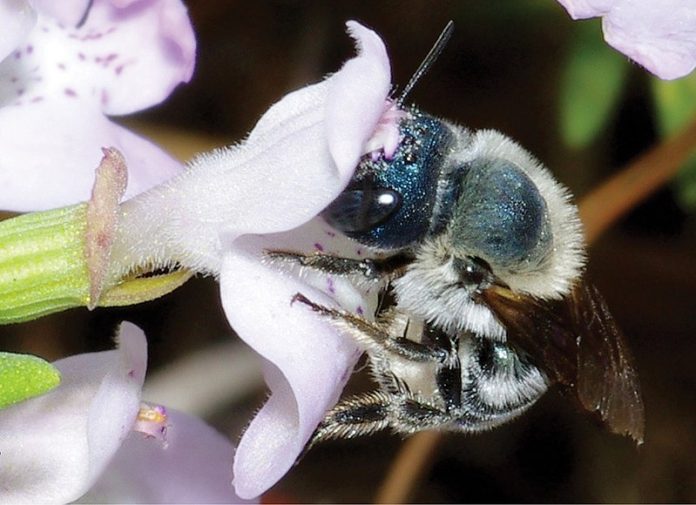There is a type of bee known as the Osmia calaminthae, commonly called as the blue calamintha bee. Unlike the typical bees, they are somewhat blue in colour. It is a rare species of honey bees that are living in Florida, are considered as the critically imperiled by Naturesevere. Many people from the scientific background thought that this blue bee species has become extinct.
However, in recent past it is discovered that this little creatures are still existed. The plant this sort of bee needs to endure is uncommon in Florida also which implies it’s hard for this sort of bees to accomplish. Thus, species has been recorded in a 16-square-mile area of Wales Ridge, and since the spring, the Florida Natural History Museum has been fortunate enough to find these little creatures rediscovered. Somehow this discovery can be considered as remarkable. Now we know well that these little guys are still endure in the Florida.
A postdoctoral researcher Mr. Chase Kimmel, told about this discovery to the Florida Museum as follows:
“I was open to the possibility that we may not find the bee at all so that first moment when we spotted it in the field was really exciting,”
“We’re trying to fill in a lot of gaps that were not previously known,”
“It shows how little we know about the insect community and how there’s a lot of neat discoveries that can still occur.”
The main purpose of research to study these particular bees and get a better understanding of how they interact with other insects, animals, and things of that nature. At this moment many questions are coming up about this finding and it will be answered in time.
Weather.com describes about this amazing finding as follows;
On 9th of March, Mr. Kimmel and a volunteer went to put the traps to see if the bees could be found. “We saw a blue bee bopping its head,” Mr. Kimmel said. They caught it and examined it. Then, they realized that it had met all the credentials of a very rare blue calimanta bee.
If there is a greatest conservation necessity for bees, but there is no any state or federal protection. Other reason to extinct this species is the main host plant of bees, “Calamintha ashei” is state threated species nowadays. In 2015, a petition was filled to request to include bees as endangered species. But, still it is not performed since it does not have enough knowledge to qualify for the endangered species list.
According to Kimmel, it’s too early to know if the bees are registered on the endangered species list, because more research needs to be done. So, Kimmel’s team will look in to collect the information it like sun or shade.
“In an ideal world, it would be nice to see how management choices affect the plant and the population of these bees,” Kimmel added. He emphasized that Florida scrub jay which is an endangered bird species, and conservationists and governments have taken the step to protect them, including managing wildlife to thrive. However, Kimmel explained that these management practices, including the burning of vegetation including the flowers which supports blue beehives, can be harmful to the bee population. Furthermore he questioned about the facts of management of the endangered bird species is similar to the management of this bee, does a bee return to a burned area, and how quickly does a plant regenerate to support the bees, which are still an enigma.
Ongoing research is funded by a grant from the Florida Fish and Wildlife Conservation Commission through the US Fish and Wildlife Service. This research is subjected to grant for conserving important wildlife habitats and or preventing species extinction. “There was an absence of scientific information on the occurrence and life history of bees and more information was needed to make an informed decision about the taxonomic status of this species under the Endangered Species Act” a spokesman said. US Fish and Wildlife Service.
However, this finding is marvelous. It is always a big task since the rediscovery of a species that world thought was gone forever.
Cover photo – By Tim Lethbridge – Rightmyer M, Deyrup M, Ascher J, Griswold T. (2011) Osmia species (Hymenoptera, Megachilidae) from the southeastern United States with modified facial hairs: taxonomy, host plants, and conservation status.

























